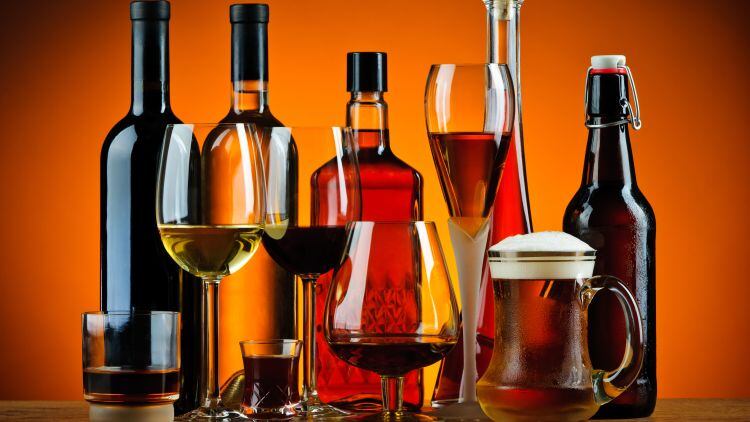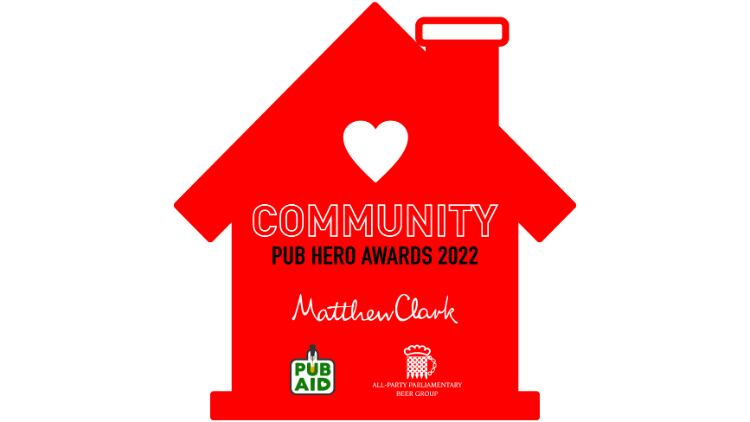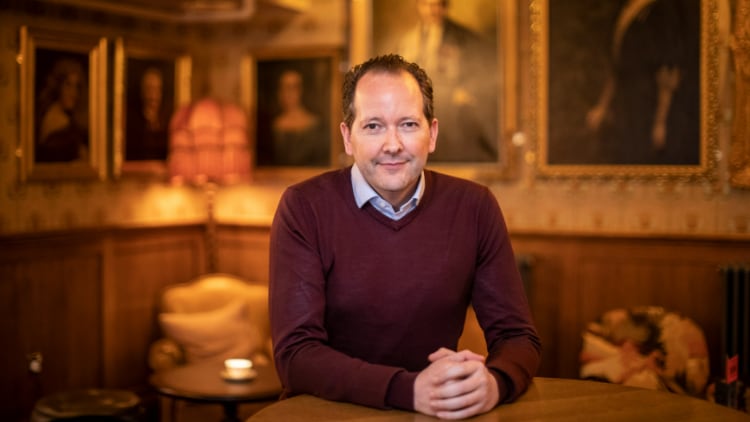The report What’s your poison: The true cost of fake alcohol and how to catch the culprits looked at the cost of fraudulent drinks and outlined tips on how to avoid fake alcohol. It is the result of an expert discussion held by the panel in October last year.
It is thought a quarter of the world’s alcoholic drinks are illicit while in the UK, it is estimated fake wine, beer and spirits cost £200m in lost sales and 3,000 lost jobs a year.
Furthermore, there was an estimated £1.2bn UK alcohol tax gap in 2020 and 2021, according to the research, with a reported 800% decline in HMRC alcohol seizures since 2016 to 2017.
Consumer risk
Interim head of the Fraud Advisory Panel Alan Bryce said: “Alcohol pays a big part in our cultural, economic and social life but wit ha vast and complex market, it is very easy for criminals to feed fakes into the legitimate supply chain.
“Not only do losses from alcohol fraud impact business and lose Government money from taxation, but they also cause a real risk to consumers as some counterfeit spirits are laced with dangerous chemicals and drinking them can be fatal.”
Isabel Graham-Yooll of whiskyauction.com outlined how counterfeit whiskies enter the market.
She said: “Most whisky counterfeits do contain whisky but not of the quality, age or provenance the bottle, label and cap promise.
“Pyramid-style investment frauds are also a problem – fuelled by online chatter and hype. Ordinary casks of little or no investment value are being traded at highly inflated prices.”
Top tips
She highlighted ways operators can spot fake whisky:
- Fill level – is it suspiciously high or low?
- Refills – has the cap or cover been tampered with? A
- Colour – whiskies from the same cask/batch should have the same colour, compare bottles side by side.
- Spelling mistakes – typos on the labels of authentic bottles are unusual.
- Extra labels – keep an eye out for extra stickers some fraudsters attach to a real bottle to make it seem older and rarer.
- Funny fonts – look closely at word spacing, line gaps, number formats and punctuation as typefaces are often not easily reproduced.
- Use tech – some brands use label holograms, the Bubble Seal system or chips in the cap.
The report also looked at how to avoid fake wine with advice from Chai Consulting’s Maureen Downey.
These included putting provenance before price, choosing reputable vendors, verify proof of provenance and asking hard questions to suppliers.
Downey added: “If the wine isn’t plausible, you can’t dupe enough people. No one can taste for authenticity – if they could, wine fraud wouldn’t be the global problem it has become – but you can taste for quality.
“Don’t trust, verify. If it looks too good to be true, then it is.”





